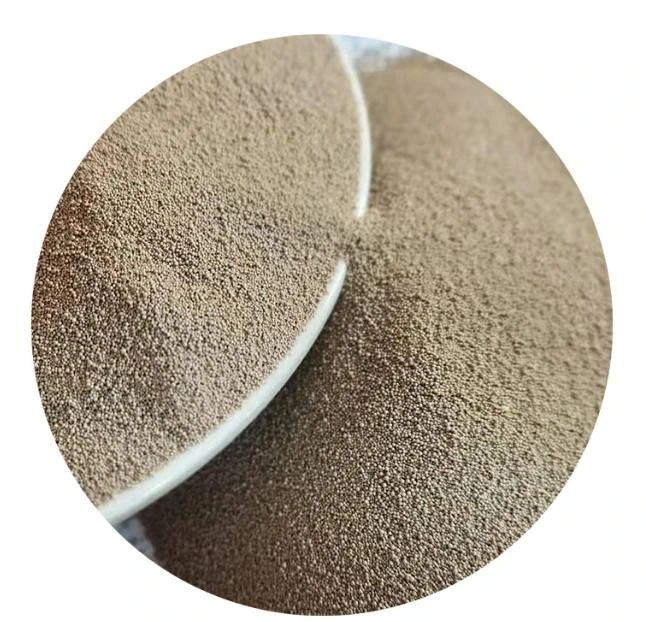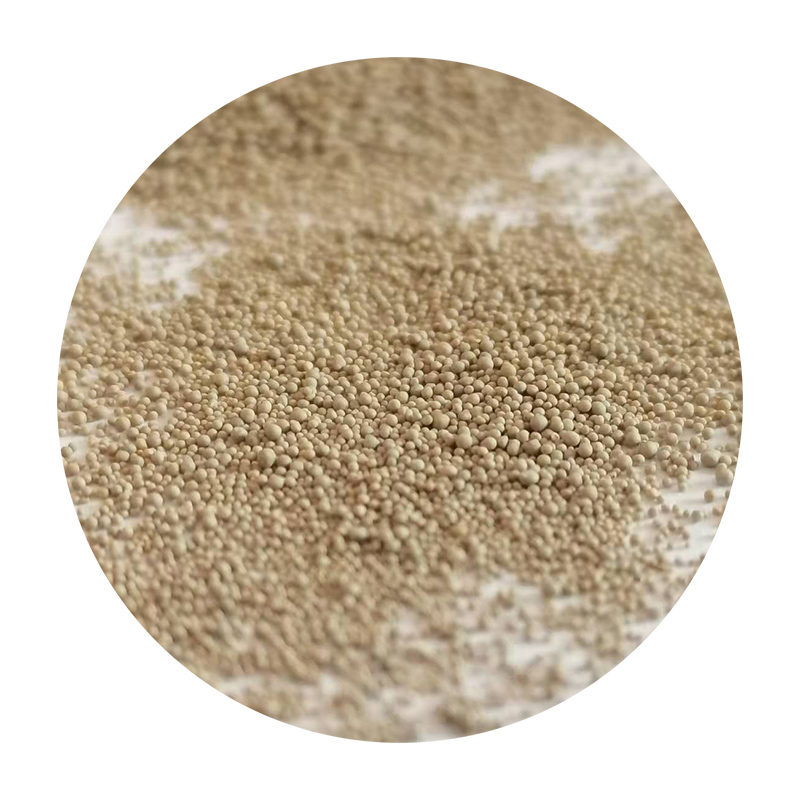

Research exploring the utilization of alternative binders that are less prone to cause contamination while still providing excellent bonding properties is ongoing. As these technologies and materials evolve, they promise to enhance the durability and quality of castings, further mitigating contamination concerns. Training employees on best practices for sand handling and awareness about contamination can enhance overall foundry operations. Regular workshops and updates on the latest technological advancements can ensure all personnel are equipped to maintain high standards in contamination prevention. A crucial step in ensuring trustworthiness and authoritativeness in tackling foundry sand contamination is partnering with academic institutions and industry bodies. Collaborations in research and development can lead to innovations in sand handling practices and contamination mitigation strategies, underscoring a foundry's commitment to excellence. Ultimately, maintaining product quality while safeguarding the environment from contamination requires a holistic and proactive approach. By leveraging advanced technologies, rigorous quality checks, environmental stewardship, and continuous employee education, foundries can significantly mitigate the risks associated with foundry sand contamination. This comprehensive strategy not only ensures superior product outcomes but also champions sustainable industrial practices, reinforcing the foundry's reputation as a responsible and forward-thinking leader in the casting industry. Post time:veebr. . 12, 2025 18:44
Next:foundry sand composition
